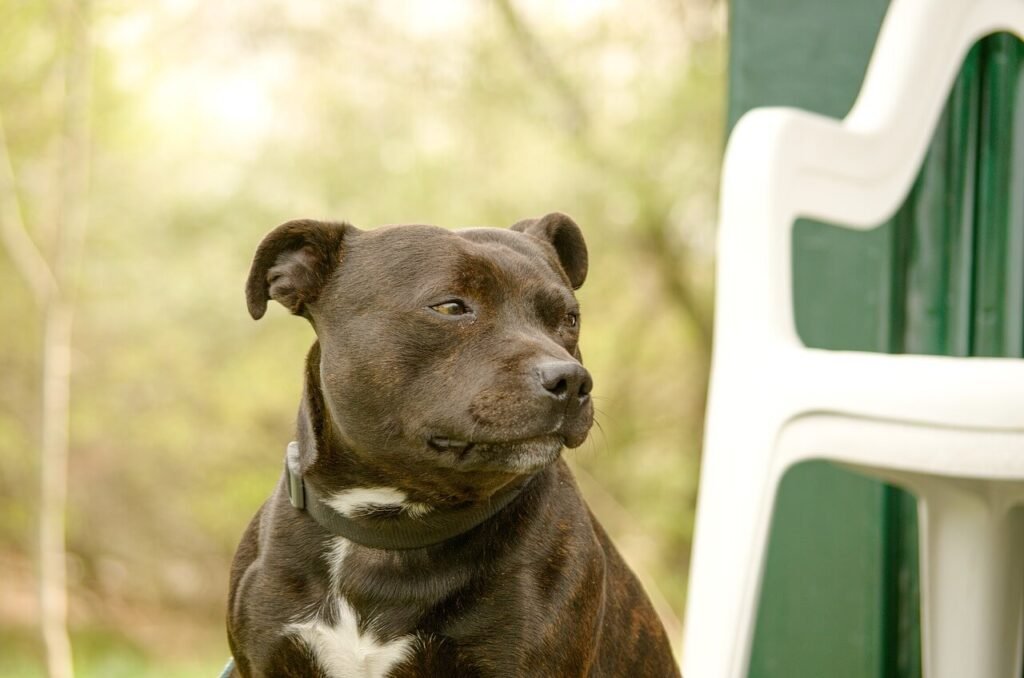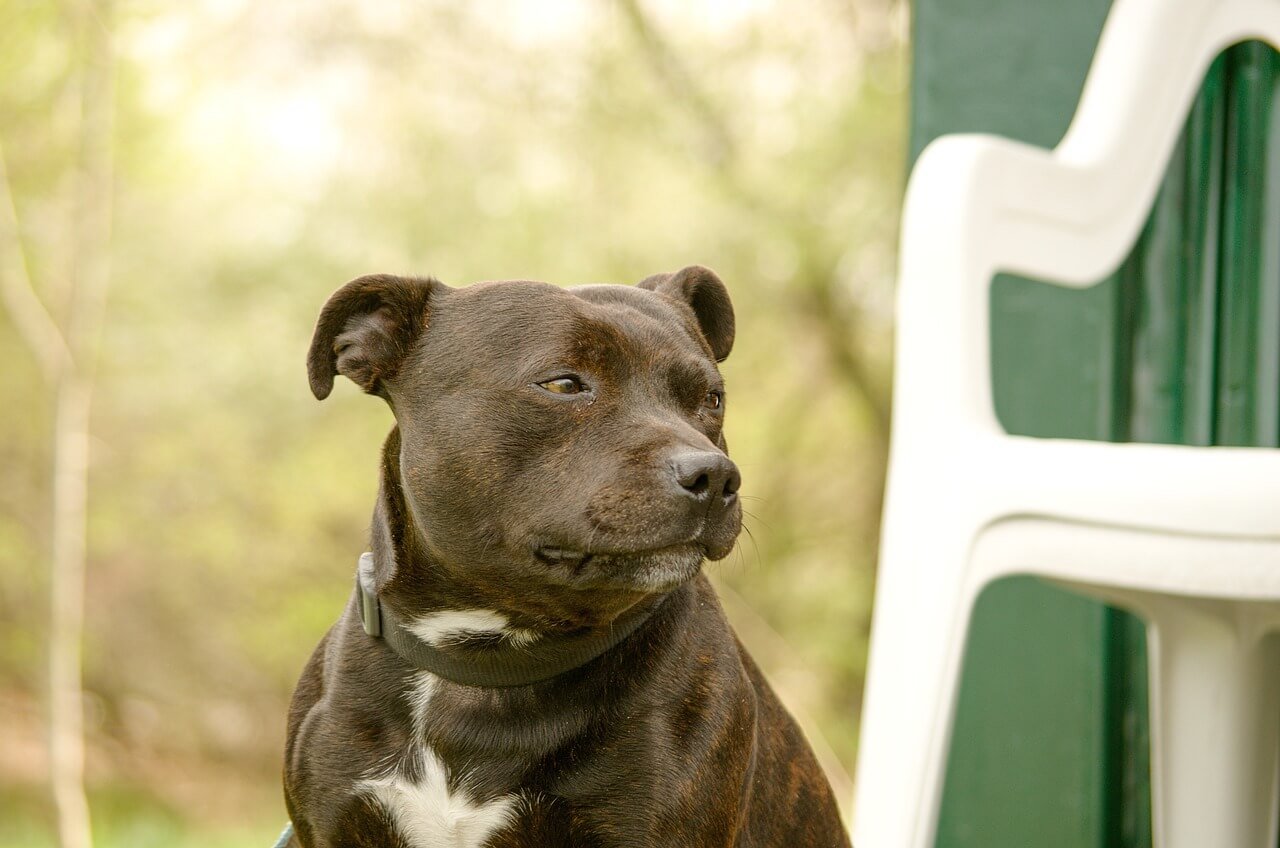Can You Train a 3-Year-Old Dog? Unlocking Potential at Any Age
When it comes to training dogs, many people wonder if it’s too late to teach an older dog new tricks. The good news is that you absolutely can train a 3-year-old dog! While puppies are often seen as the ideal candidates for training due to their adaptability, adult dogs are just as capable of learning and thriving with the right approach. Whether you’re working on basic obedience, advanced commands, or behavior modification, a 3-year-old dog has the maturity and focus to make training a rewarding experience for both of you. In this blog post, we’ll explore how to train a 3-year-old dog effectively, the benefits of training at this age, and tips to ensure success.
Why Training a 3-Year-Old Dog Is Beneficial
Training a 3-year-old dog offers numerous advantages, both for the dog and the owner. At this age, dogs have developed a solid understanding of their environment and are more mentally mature than puppies, making them excellent candidates for learning. Here’s why training at this stage is so valuable:
Established Focus: Unlike puppies, 3-year-old dogs typically have a longer attention span, allowing for more productive training sessions.
Behavioral Awareness: By this age, dogs have established habits, making it easier to identify and address specific behaviors that need improvement.
Strong Bond with Owner: A 3-year-old dog likely already has a strong relationship with their owner, creating a foundation of trust for effective training.
Physical Maturity: Adult dogs are less prone to the distractions and energy bursts that often accompany puppyhood, enabling more consistent progress.
Mental Stimulation: Training provides essential mental enrichment, keeping your dog engaged and reducing the risk of boredom-related issues.
With these benefits in mind, it’s clear that training a 3-year-old dog is not only possible but also highly rewarding for both pet and owner.
How to Train a 3-Year-Old Dog Effectively
Training a 3-year-old dog requires patience, consistency, and a positive approach. Here are some key strategies to ensure your training sessions are successful:
Use Positive Reinforcement: Reward desired behaviors with treats, praise, or toys to encourage repetition and build confidence.
Keep Sessions Short and Fun: Aim for 5–10 minute sessions to maintain your dog’s interest and prevent frustration.
Be Clear and Consistent: Use simple commands and repeat them consistently to avoid confusing your dog.
Incorporate Play: Integrate games like fetch or tug-of-war into training to keep your dog motivated and engaged.
Address Behavioral Issues Gradually: If targeting specific problems like jumping or barking, break the training into small, manageable steps.
By following these techniques, you can create a positive and effective learning environment that helps your dog succeed.
Check this guide 👉Leash Training an Older Dog: Best 7 Expert Tips!
Check this guide 👉How to Bell Train a Dog: Best 7 Training Tips!

Training Tips for a 3-Year-Old Dog | Common Challenges and Solutions |
|---|---|
Use high-value rewards | Lack of focus: Keep sessions short and engaging |
Be patient and consistent | Stubbornness: Stay calm and reward persistence |
Practice in different environments | Distractions: Start in quiet areas and gradually increase challenges |
End on a positive note | Frustration: Celebrate small wins to boost morale |
Incorporate daily routines | Resistance to change: Make training part of their regular schedule |
Key Commands to Teach a 3-Year-Old Dog
Teaching basic and advanced commands is a great way to enhance your dog’s skills and strengthen your bond. Here are some essential commands to focus on when training a 3-year-old dog:
Sit: A foundational command that helps with focus and control during various situations.
Stay: Encourages patience and self-control, especially useful in distracting environments.
Come (Recall): Vital for safety, ensuring your dog returns to you when called.
Leave It: Helps prevent your dog from picking up dangerous items or food.
Place: Teaches your dog to go to a designated spot, useful for calming or managing behavior.
Mastering these commands not only improves your dog’s behavior but also enhances their overall quality of life.
Signs Your 3-Year-Old Dog Is Responding Well to Training
Recognizing progress is key to staying motivated during the training process. Here are signs that your 3-year-old dog is benefiting from your efforts:
Increased Focus During Sessions: Your dog maintains attention and follows commands more reliably over time.
Improved Behavior at Home: Noticeable reductions in unwanted behaviors like jumping, chewing, or excessive barking.
Eagerness to Participate: Your dog shows excitement and enthusiasm when it’s time for training.
Consistency in Following Commands: They respond correctly to commands in various environments, not just at home.
Stronger Bond with You: Training fosters trust and communication, leading to a deeper connection between you and your dog.
These positive changes indicate that your training is paying off and that your dog is enjoying the process as much as you are.
Debunking Myths to Build Confidence in Training Your Dog
There are many misconceptions about training older dogs, and addressing these myths can help you approach the process with confidence. Here’s what you need to know:
Myth: Older Dogs Can’t Learn New Tricks: In reality, dogs of all ages can learn with patience and consistency.
Myth: Training Is Only for Puppies: Adult dogs benefit just as much from training, especially for behavior modification and mental stimulation.
Myth: It Takes Longer to Train an Older Dog: While some habits may take time to change, adult dogs often progress faster due to their maturity and focus.
Myth: Training Requires Professional Help: Many owners successfully train their dogs at home with the right techniques and resources.
Myth: Older Dogs Are Too Set in Their Ways: While habits may be established, they can be adjusted with positive reinforcement and repetition.
By understanding the truth behind these myths, you’ll feel empowered to start training your 3-year-old dog with realistic expectations and a positive mindset.
Why Mental Enrichment Is Essential for a 3-Year-Old Dog
Training isn’t just about commands—it’s also an opportunity to provide mental stimulation that keeps your dog happy and healthy. Here are ways to incorporate mental enrichment into your training routine:
Puzzle Toys: Use interactive toys that challenge your dog to solve problems while reinforcing learned commands.
Scent Work: Teach your dog to find hidden treats or objects, tapping into their natural instincts and boosting focus.
Obstacle Courses: Create a simple agility course in your backyard to combine physical activity with mental engagement.
Teaching Tricks: Fun tricks like “spin,” “high five,” or “roll over” keep your dog mentally sharp and entertained.
Rotating Activities: Switch between different types of training sessions to prevent boredom and maintain enthusiasm.
By incorporating mental stimulation, you’ll not only enhance your dog’s skills but also improve their overall well-being and happiness.
How to Ensure Your Dog Stays Happy and Relaxed During Training
While training is beneficial, it’s important to recognize when your dog might be feeling overwhelmed or stressed. Overtraining can lead to frustration and setbacks, so here’s what to watch for:
Excessive Panting or Drooling: These signs may indicate stress or discomfort during a session.
Avoidance Behaviors: If your dog turns away, refuses to engage, or tries to leave, they may need a break.
Growling or Snapping: This could signal fear or frustration, requiring immediate attention to de-escalate the situation.
Lack of Progress: If your dog seems stuck or disinterested, it may be time to revisit the basics or adjust your approach.
Decreased Energy Levels: A tired or unenthusiastic dog may need more rest between sessions.
By paying attention to these signs, you can ensure that training remains a positive and enjoyable experience for your dog. Always prioritize their comfort and well-being above all else.
Frequently Asked Questions About Training a 3-Year-Old Dog
Is it too late to train a 3-year-old dog?
No, it’s never too late! Dogs of all ages can learn new behaviors and commands with patience and consistency.
How long does it take to train a 3-year-old dog?
The time required depends on the dog’s personality, the complexity of the task, and the consistency of training. Basic commands may take days to weeks, while behavior modification can take longer.
What’s the best way to motivate a 3-year-old dog?
Use high-value rewards like treats, toys, or praise to keep your dog engaged and eager to learn.
Can I train my dog without professional help?
Yes, many owners successfully train their dogs at home. However, a trainer can provide guidance for complex issues or advanced skills.
How do I handle setbacks during training?
Stay patient and revisit the basics. Break tasks into smaller steps and celebrate small victories to rebuild confidence.
Final Thoughts: Embracing the Journey of Training a 3-Year-Old Dog
Training a 3-year-old dog is not only possible but also a deeply rewarding experience that strengthens your bond and enhances your dog’s well-being. With patience, consistency, and a positive approach, you can unlock your dog’s potential and enjoy the process of learning together. Remember, every dog learns at their own pace, and celebrating small milestones along the way will keep both you and your furry friend motivated. So grab some treats, set aside time for practice, and embark on this exciting journey of growth and discovery with your loyal companion by your side.
Understanding Scabs in Dogs Ears: Best 7 Tips! Learn how to identify, treat, and prevent scabs in your dog’s ears for optimal ear health.
Is Cinnamon Bad for Dogs? Best 7 Health Tips! Discover safe ways to use cinnamon, risks to avoid, and expert advice to keep your dog healthy.
Can Dogs Get Pneumonia from Humans? Best 7 Tips! Learn how to protect your dog, understand transmission risks, and ensure their respiratory health.
Can Dog Urine Make You Sick? Best 7 Health Tips! Learn how to stay safe, prevent illness, and handle exposure to dog urine effectively.





